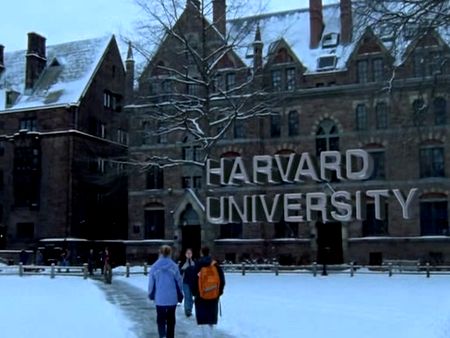Tone is important to have in a film, especially for a short film since it has much less time to develop and explain the narrative. Tone is essentially the flavor of the film as it will give the audience an idea of what to expect from the film. Many element contribute to a film’s tone such as the camerawork, lighting, editing, the writing, the performances, the music, the color scheme, and so on. For my development on how to tackle this project, I feel that the TV show Louie is a good text for me to aspire to replicate. Since tonally I feel that the short film and the show are very similar it was an easy choice to make since I’m a fan of the show as well.

The tone of Louie is basically a comedy with an occasional dark tonal shift as there are moments in the show that can be funny as well as ones that make you question if the show is just using comedy to mask its darker elements. The camerawork for the show are mostly done without the use of rigs or tripods as the ‘shakiness’ of the camera gives a sense of instability both in the world the character lives in and his life in general. In terms of editing, continuity editing is used with a montage in some episodes. The color scheme seems to be a bit washed out but nothing too drastic as it aims to make the work a little but bleak and cold. The show has little to no original scores as mostly sound tracks are used ranging from indie rock to pop music, depending on the scene.

There is nothing extravagant about the camerawork, editing or any other elements as they are simple but they are simple for a reason. The show revolves around an ordinary, flawed man just trying to get by life, which is why these elements have to also reflect his ‘down to earth’ nature. I feel that this tone will go well with the proposed project as it is also a dark comedy that slowly develops more in the darker aspects more than comedy later on in the film.


